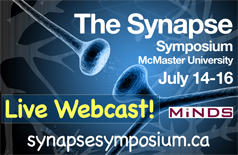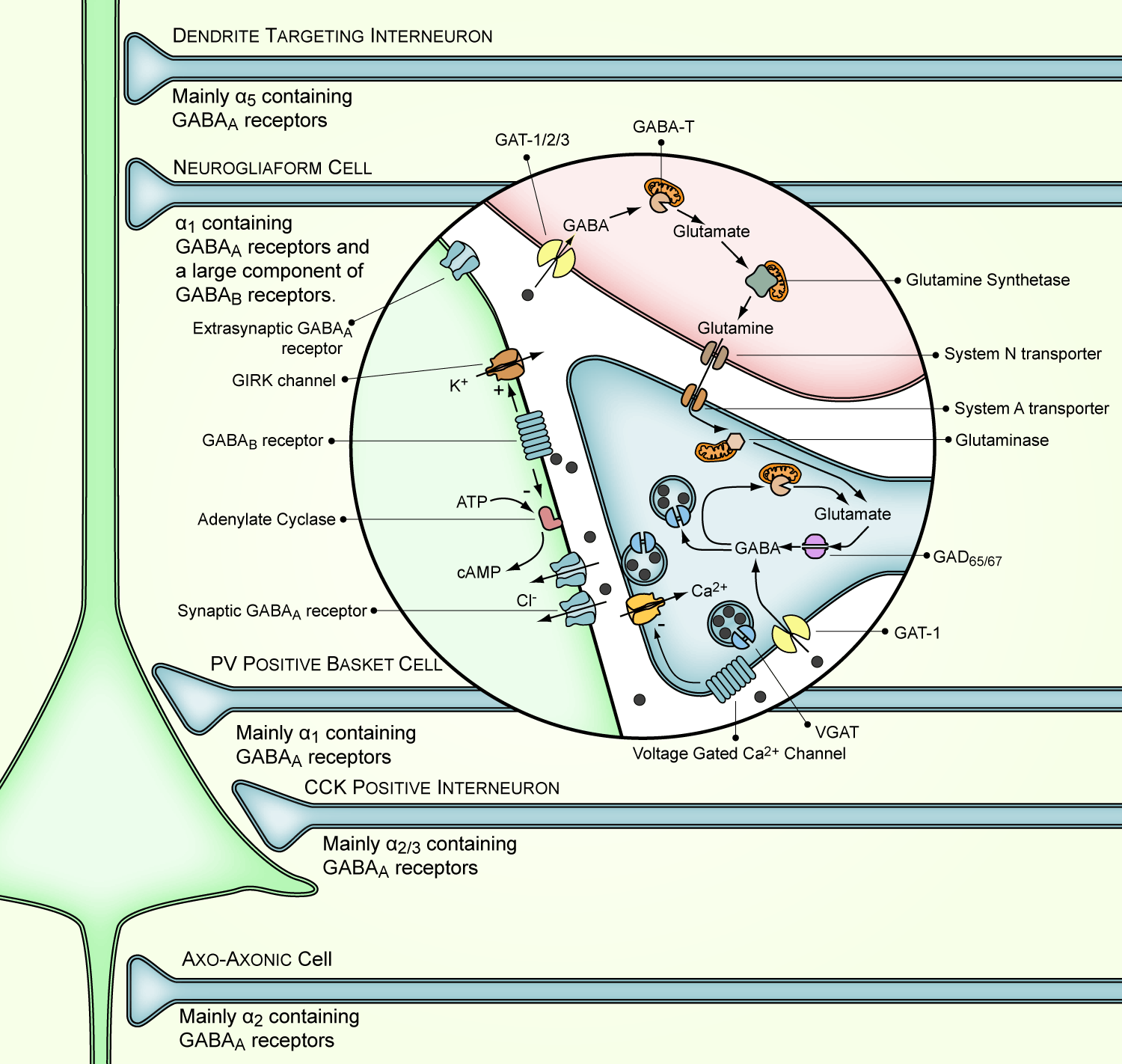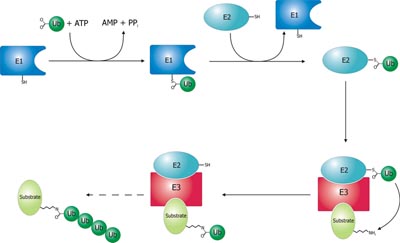Children with Angelman Syndrome develop normally until about 1 year of age and then their intellectual development stops. They fail to develop language and other cognitive skills, are severely mentally handicapped, but have a happy disposition, laughing, smiling and enjoying social interaction. What could be behind this syndrome?
A new study of Angelman Syndrome shows that an interaction between the genetic defect and sensory activity robs cortical synapses of their normal plasticity. Simply using the synapses depletes them of plasticity. This leaves neural connections in the cortex rigid, unable to be fine tuned and to develop normal function.
A recent study of adult neural stem cells suggests a new route for research and development of treatments for neurodegenerative disease in elderly patients.
Within the last 20 years neuroscientists have shown that new neurons are generated in the brain throughout the lifespan. This finding opened a new area of research aimed at understanding if adult neural stem cells can be used in therapies for neurodegenerative diseases.
A challenge with this approach is that there are fewer neural stem cell in the aged brain and the loss of stem cells occurs at just the time when neurodegenerative diseases are most common. But a new study is providing important information that neural stem from an aged brain still have the capacity to mature into functional neurons.
Have you ever thought about what's going on in your brain when you look at a painting that you like a lot? While Neuroscientist Dr. Edward Vessel has and he's done brain imaging experiments to figure it out.
What happens in your brain when you have a pleasurable experience -- for example, when you see at a painting that you like very much. Scientists describe this as an aesthetically pleasing experience. They want to know if simply seeing a painting that you enjoy engages an emotional response and triggers the emotion circuits in your brain.
This blog entry is about one of the most interesting discoveries of the 90's in Neuroscience -- Mirror Neurons -- and a recent research paper that adds to their intrigue.
Mirror neurons are found in the premotor cortex, and what has made them so interesting is that they fire both when the individual performs a goal-directed action and when they watch someone else perform the same action. It is as if the mirror neurons encode an understanding about the intentions of someone else. For example, when my husband reaches for his coffee cup I understand that he intends to take a drink before he even raises the cup to his lips. Neuroscientists think it is the mirror neurons that encode the "understanding" when we watch what others are doing.
How many times have you wondered where did I leave my keys? Activity in your hippocampus and medial temporal lobes encodes the answer.
 Getting Fired Up About Synapses
Getting Fired Up About Synapses Inhibition In The Brain... More Than A Simple Game
Inhibition In The Brain... More Than A Simple Game Aging And Angelman Syndrome -- Is There A Link?
Aging And Angelman Syndrome -- Is There A Link? Fantastic Voyage Here We Come - Nanoscale Imaging Of The Living Brain
Fantastic Voyage Here We Come - Nanoscale Imaging Of The Living Brain







